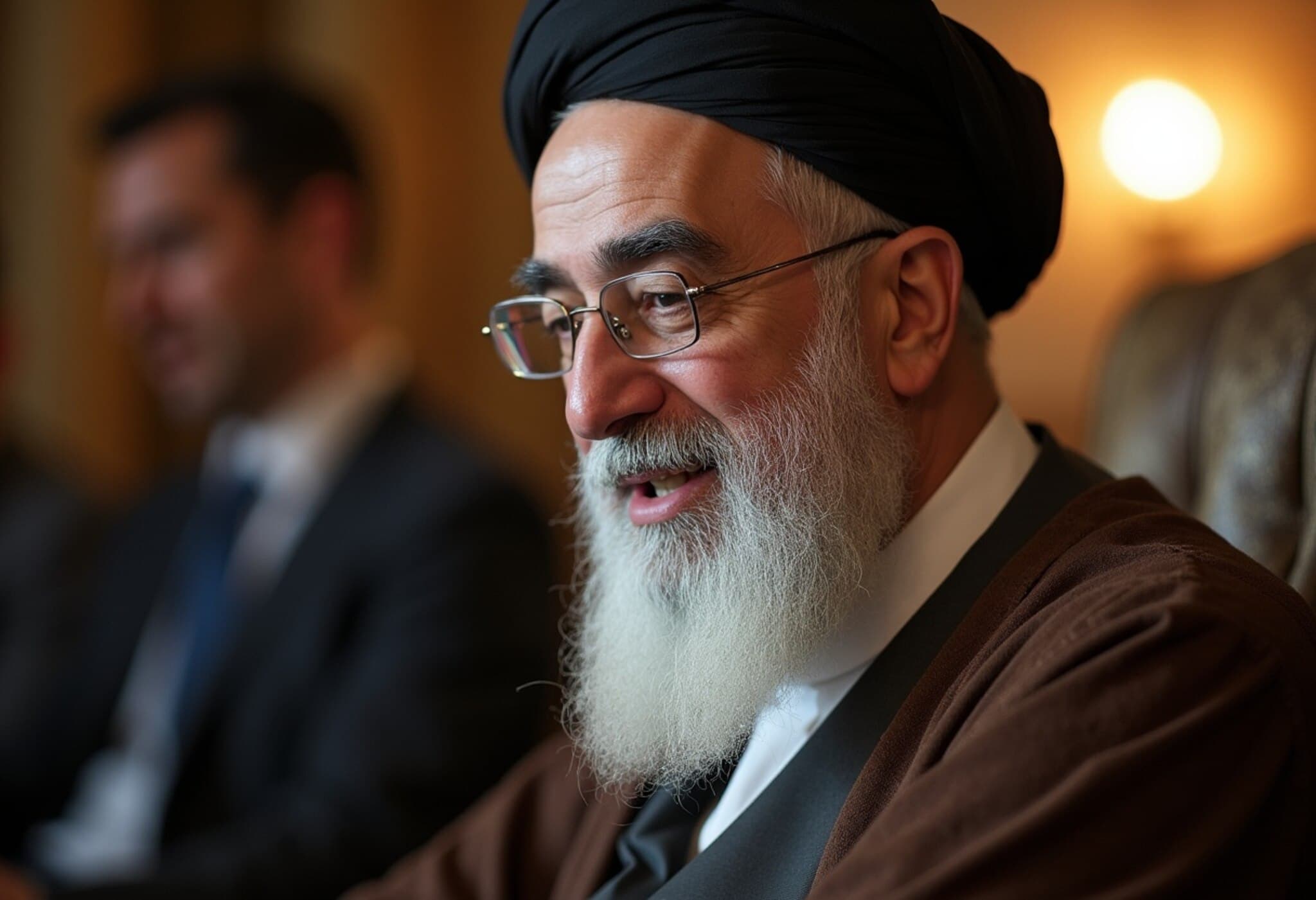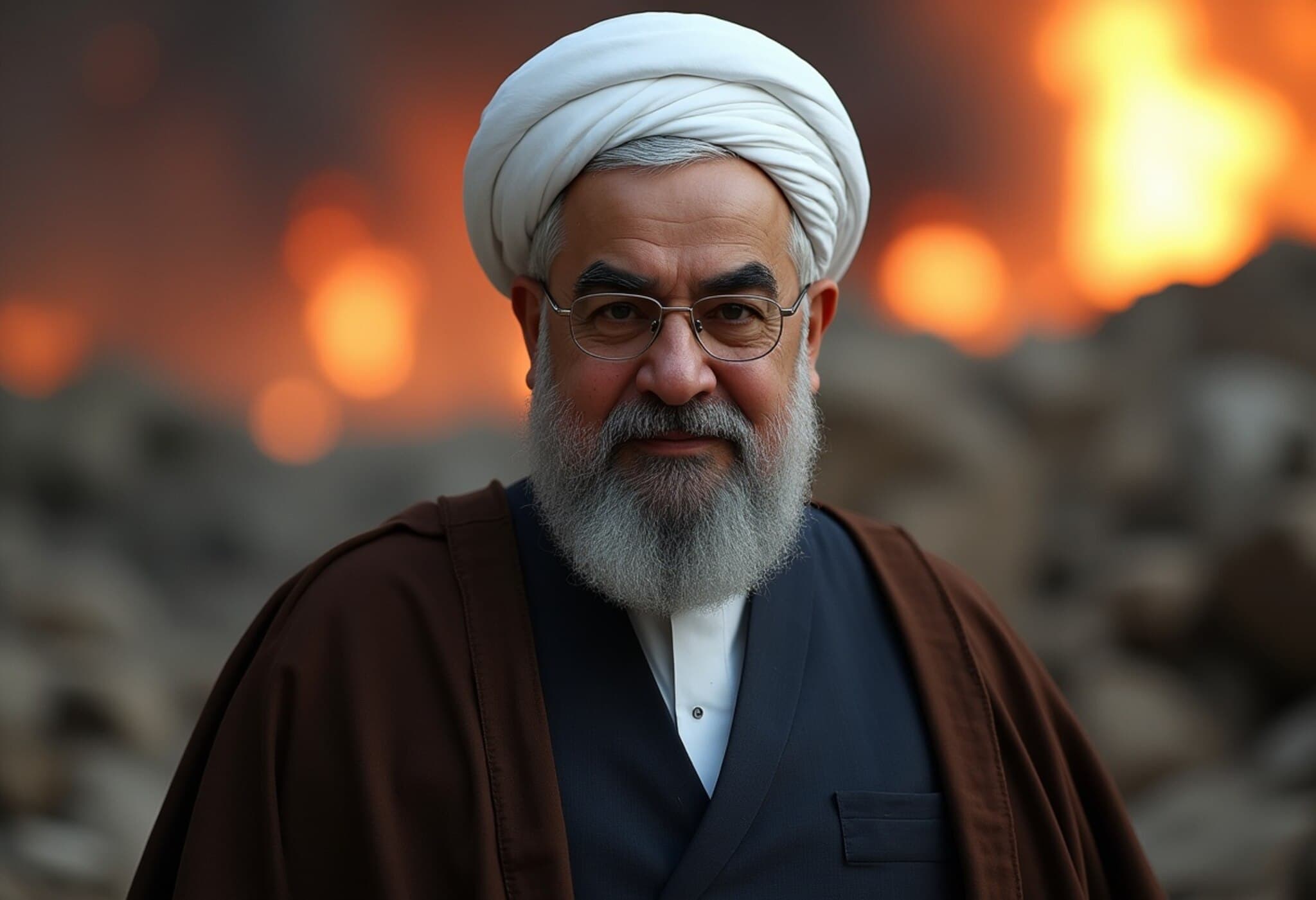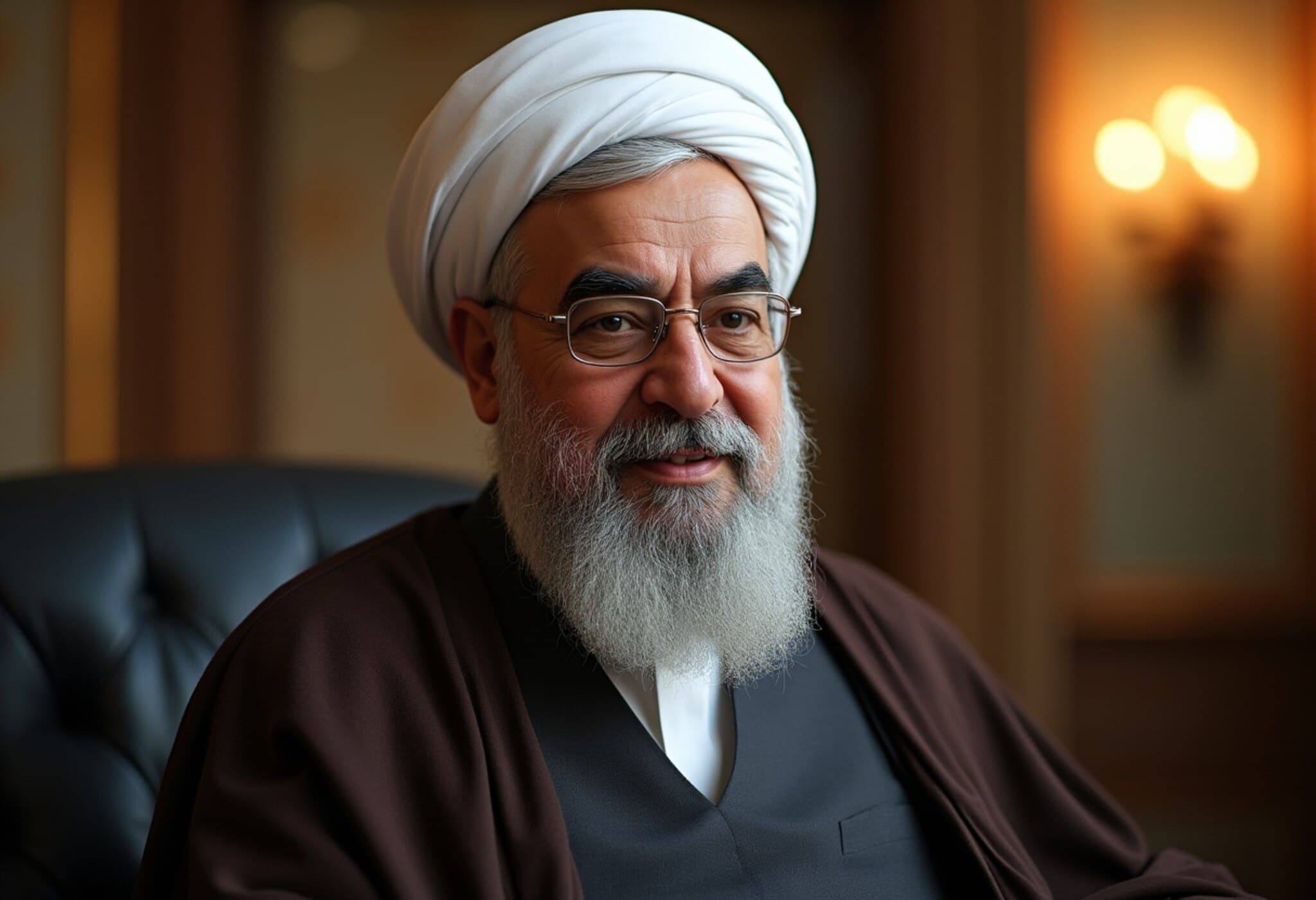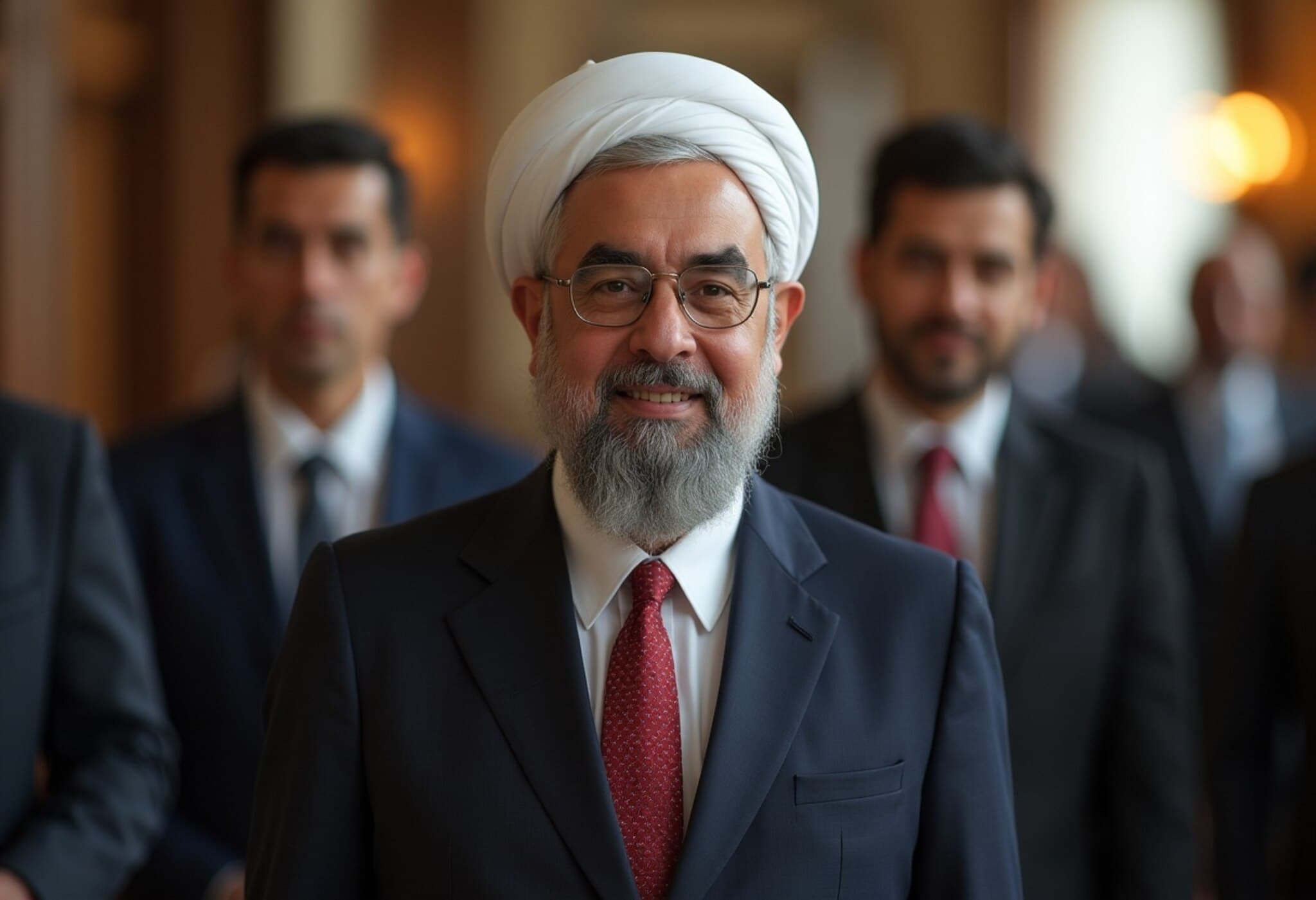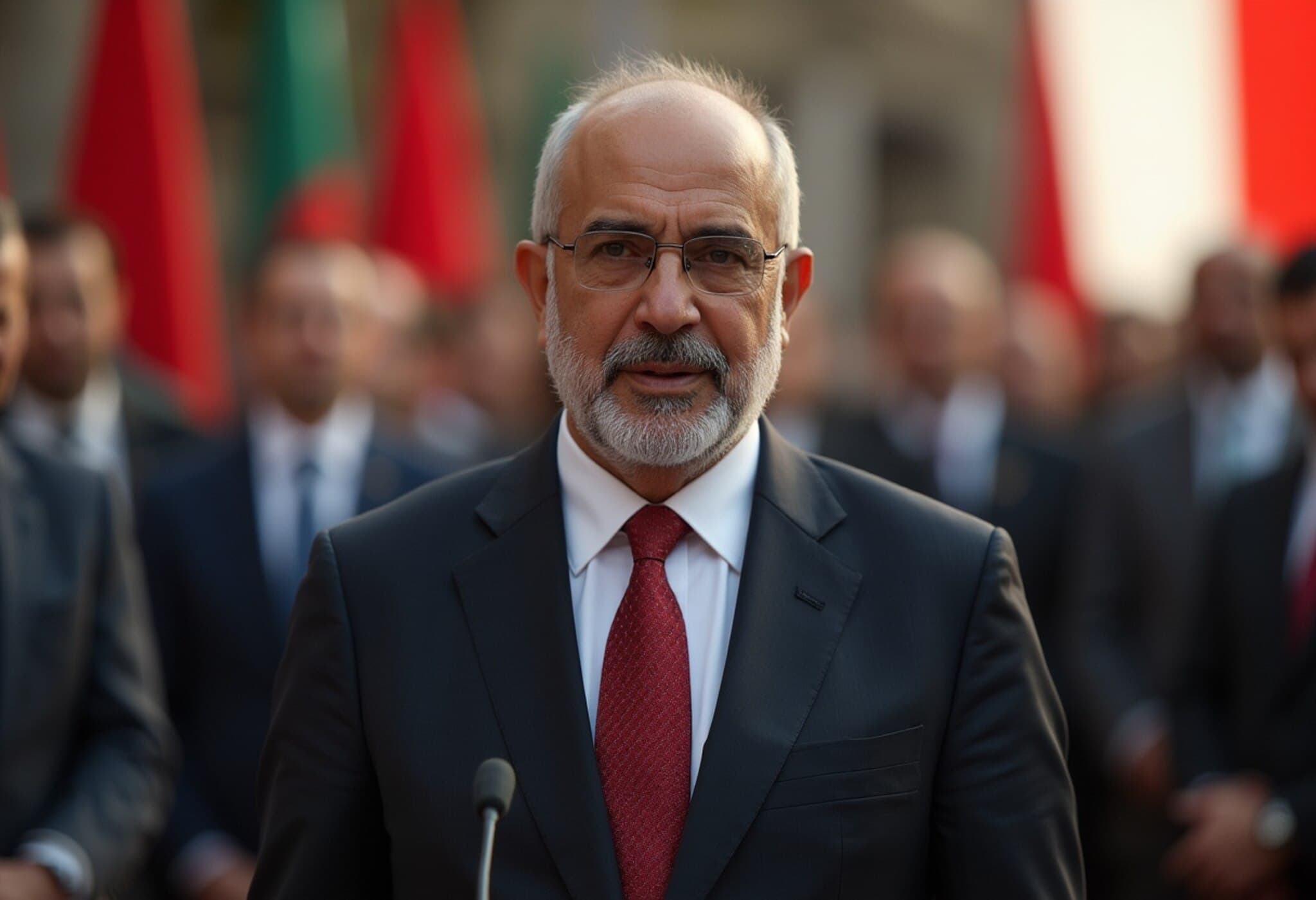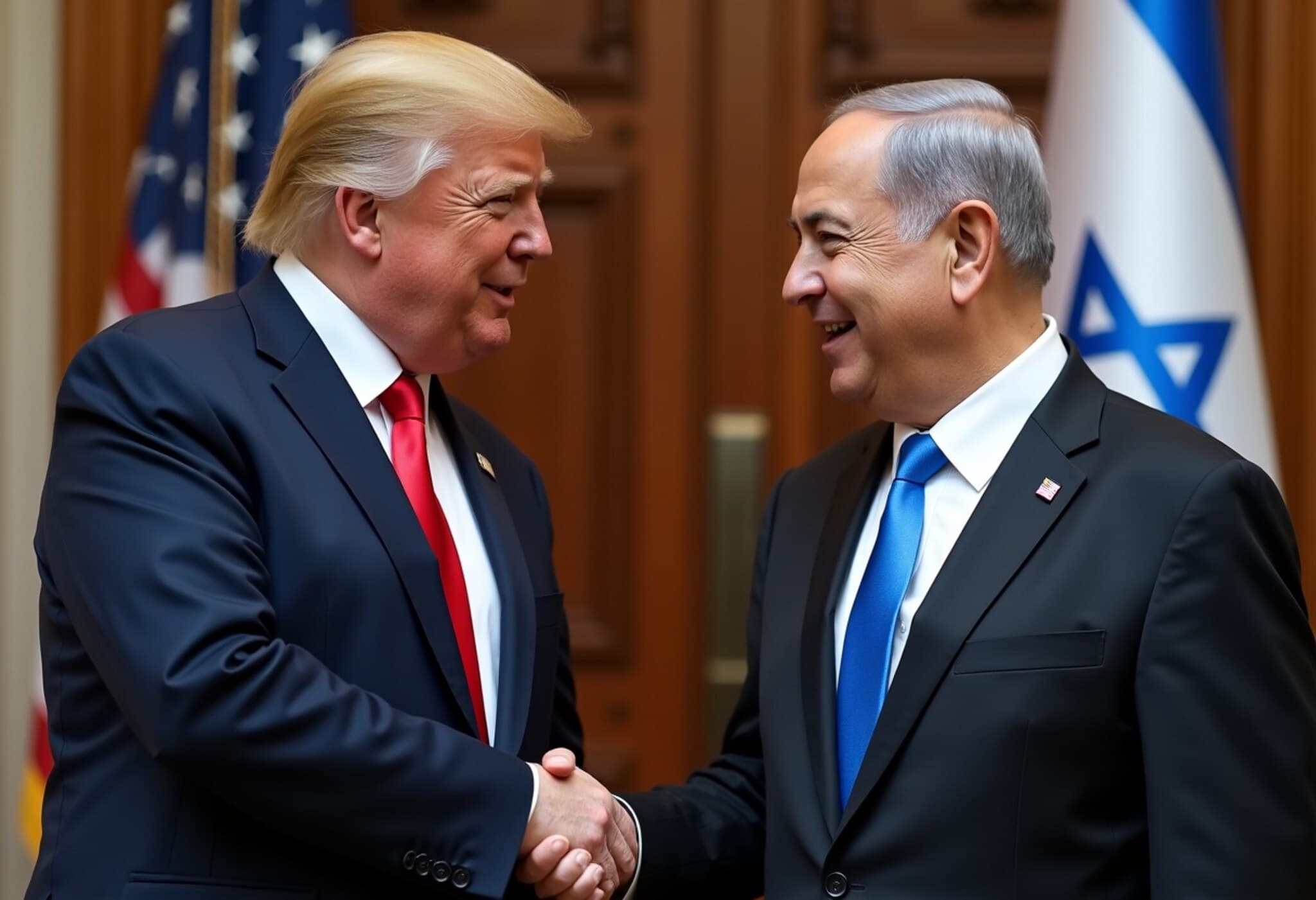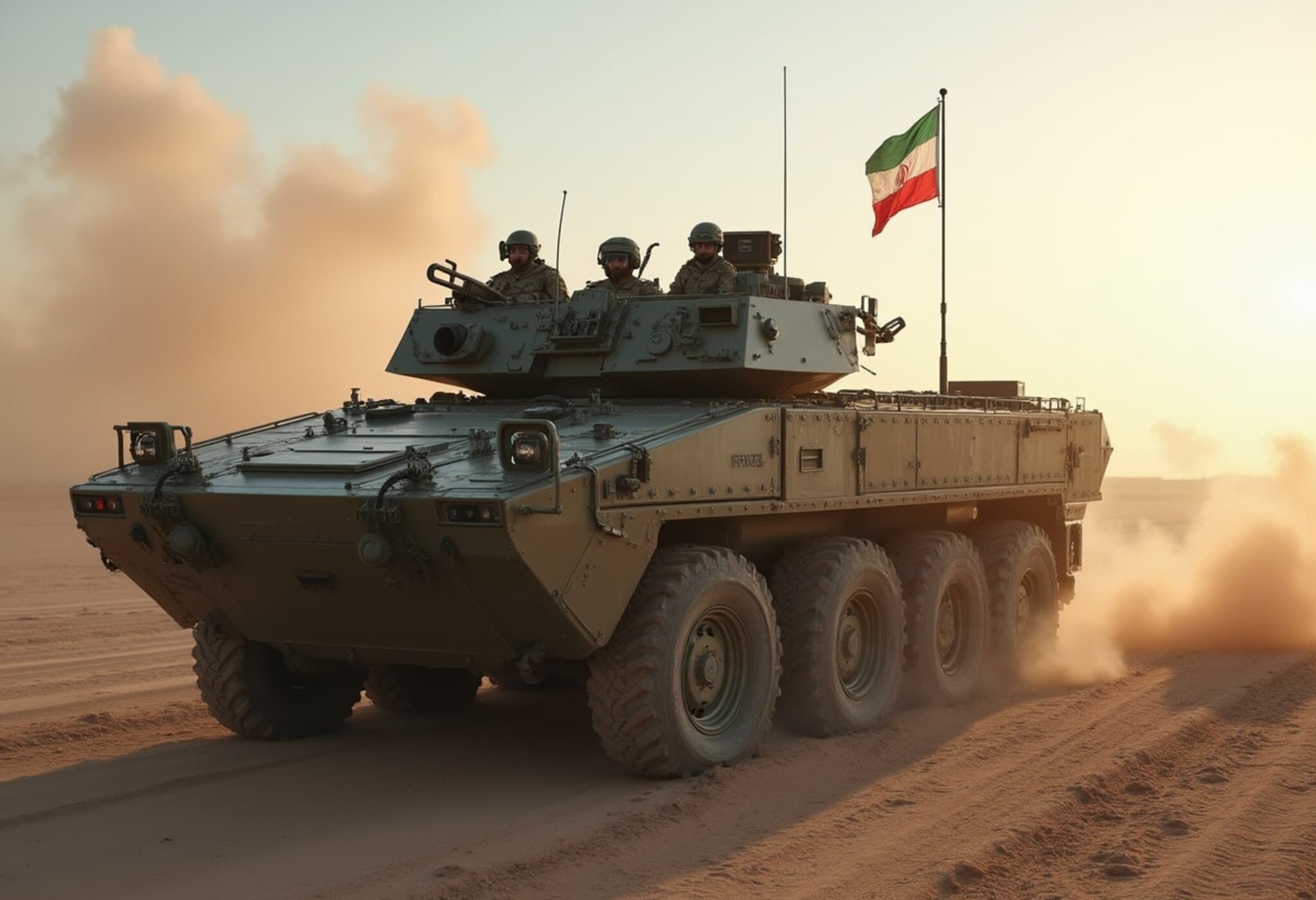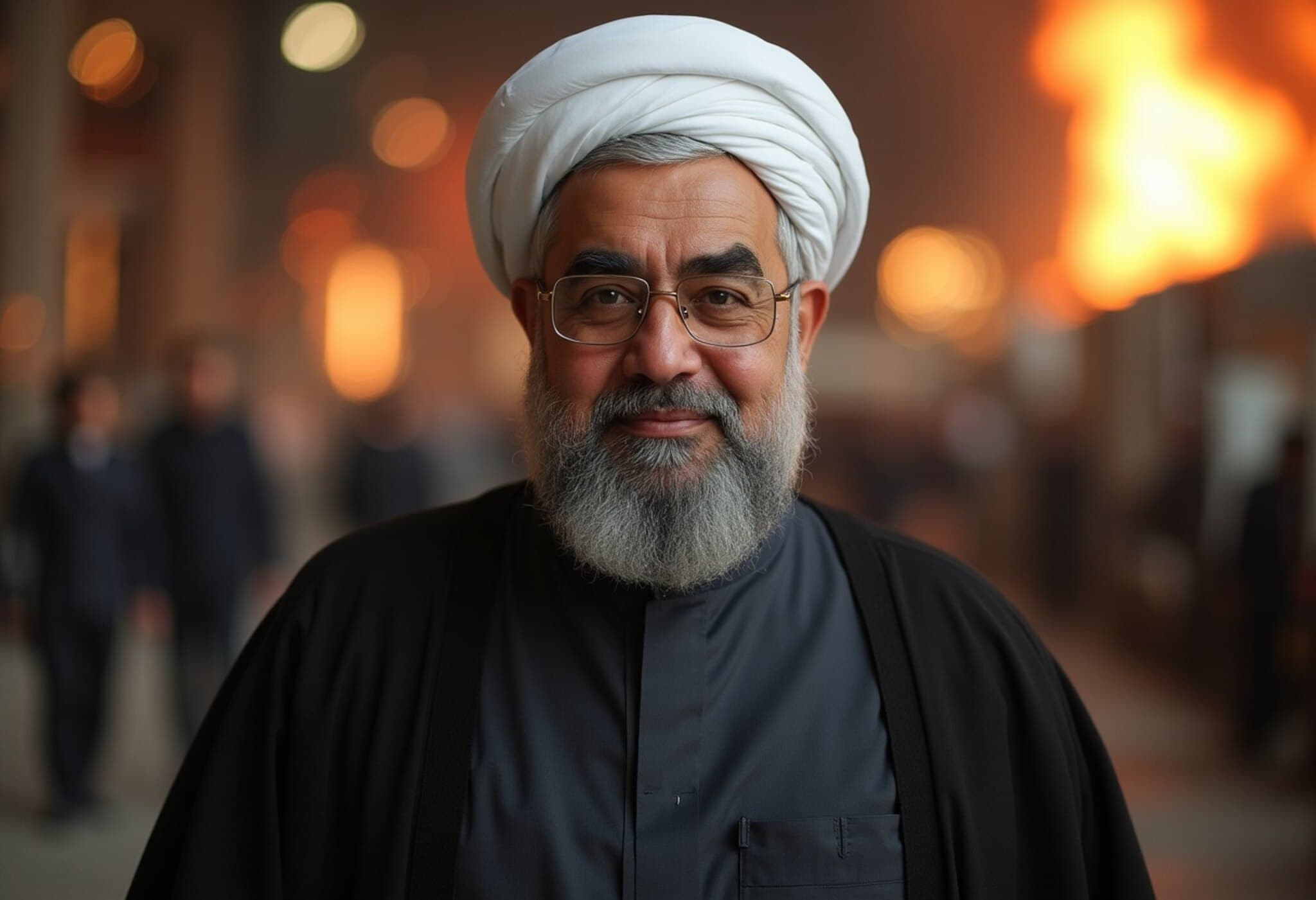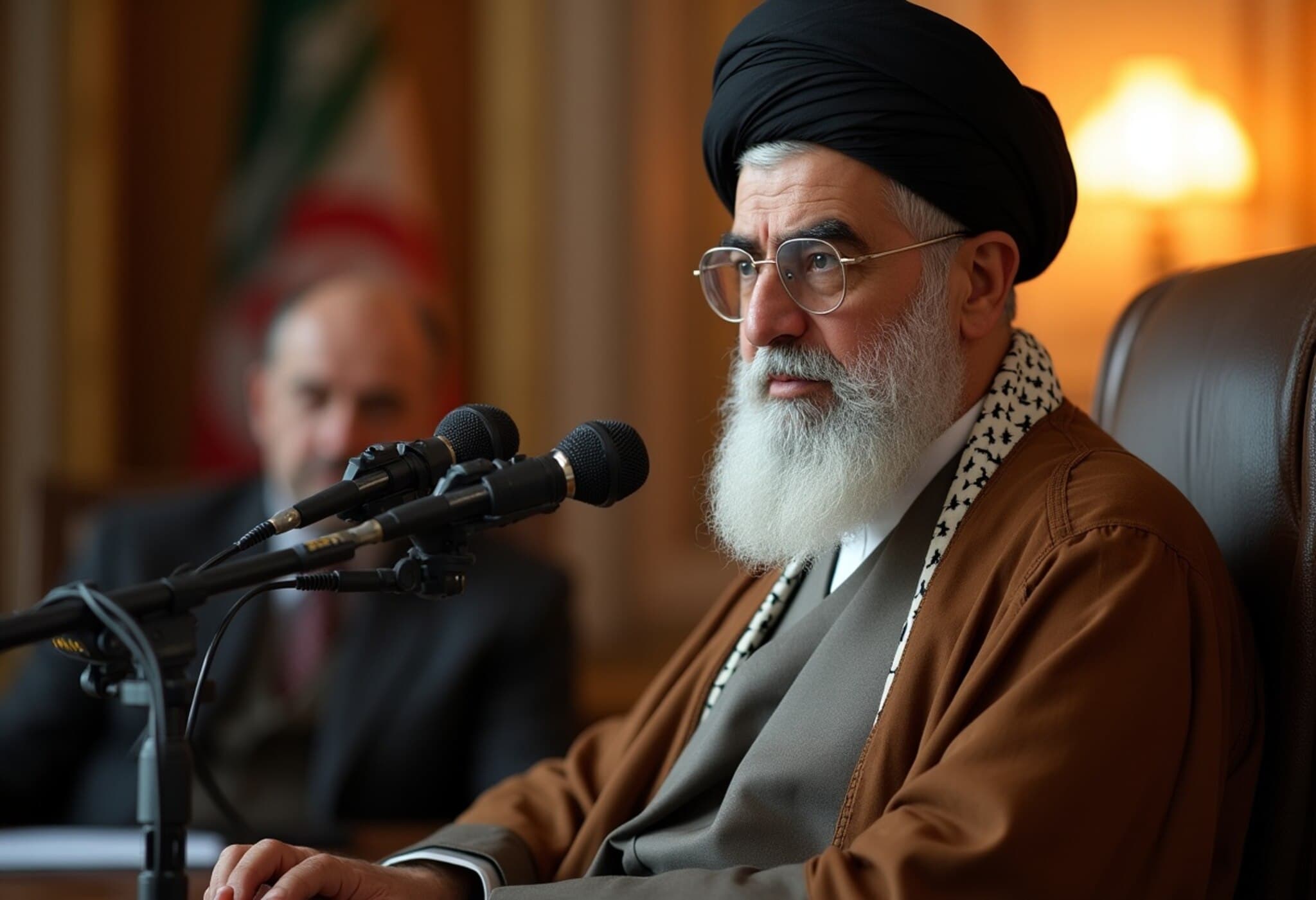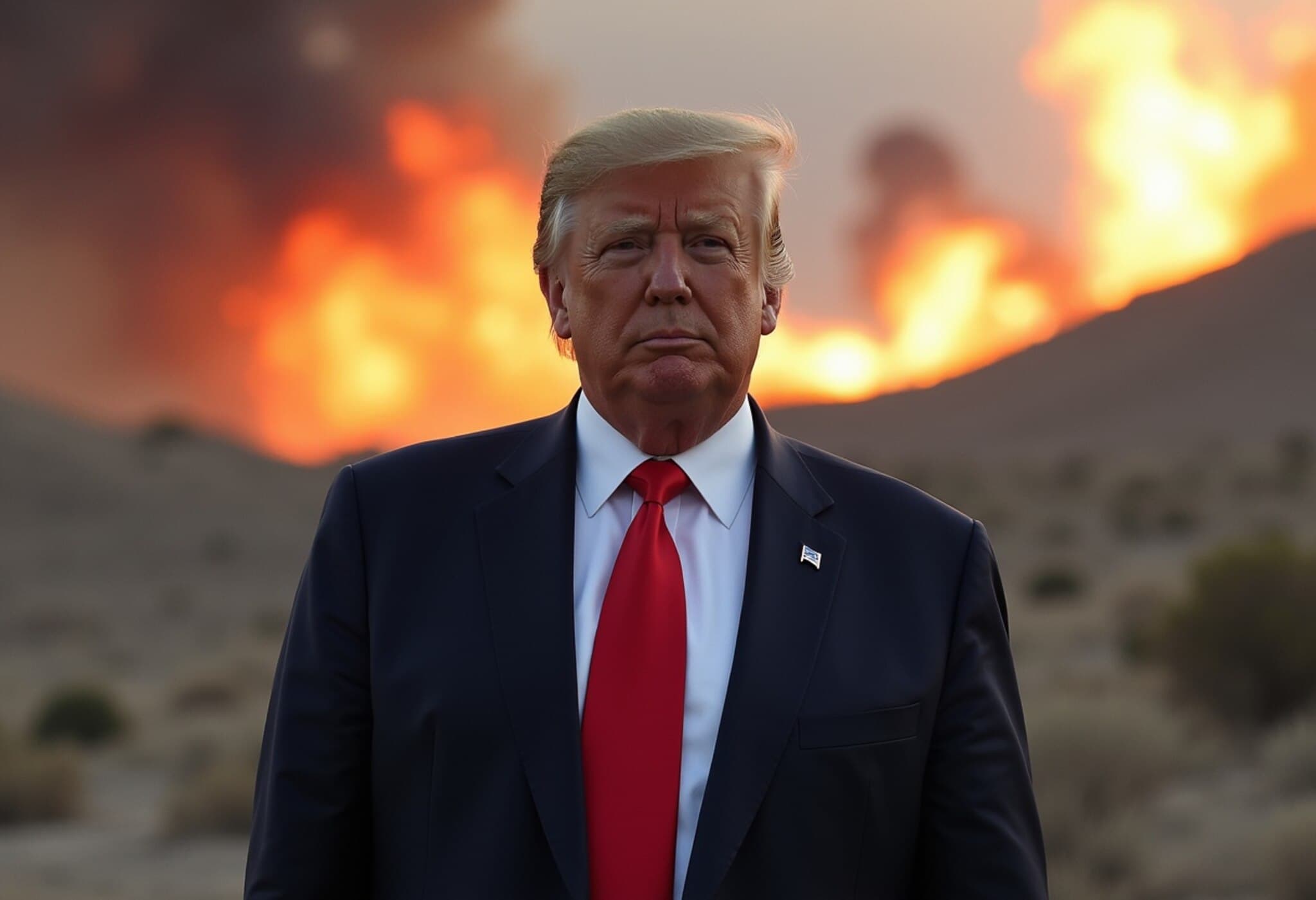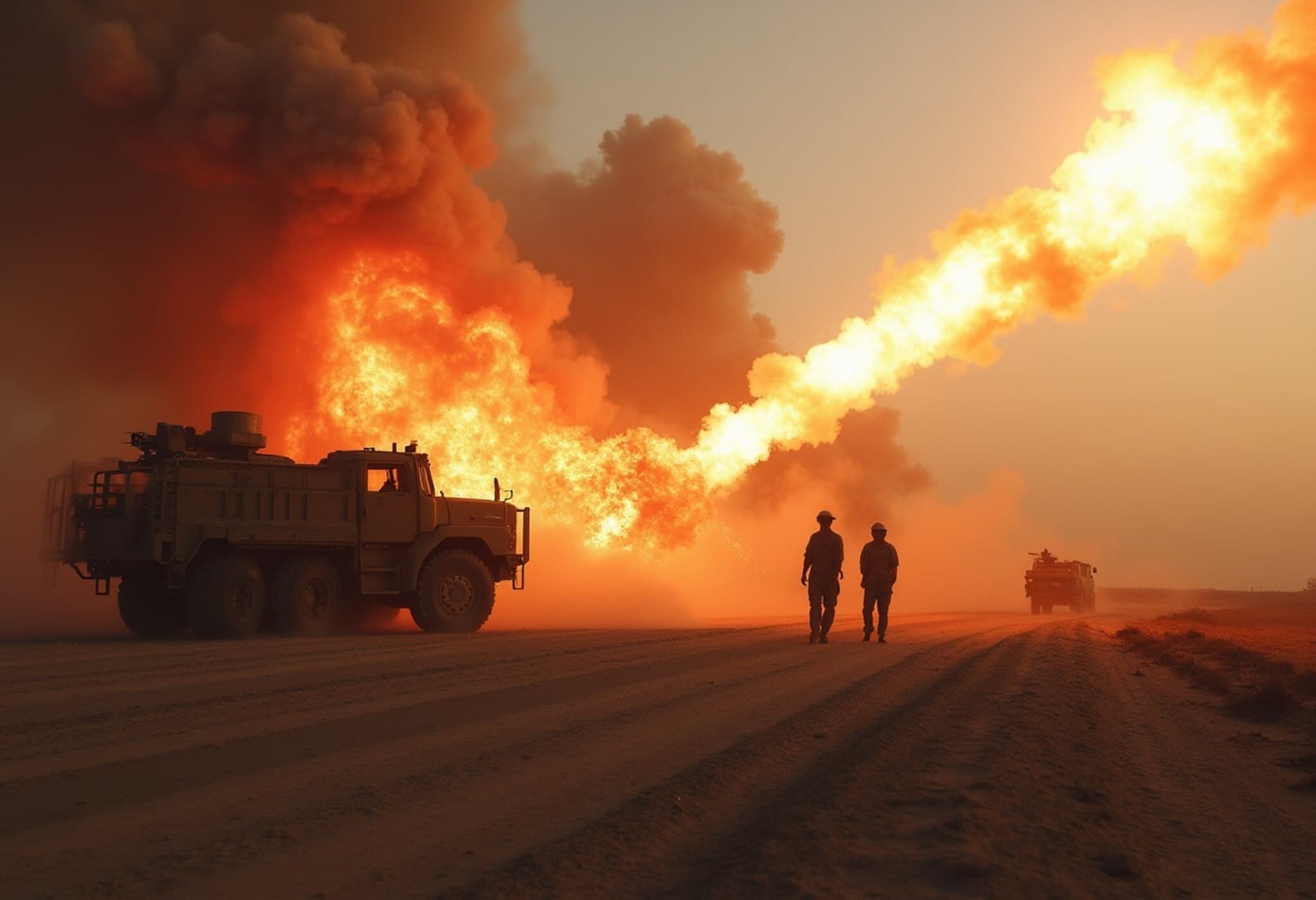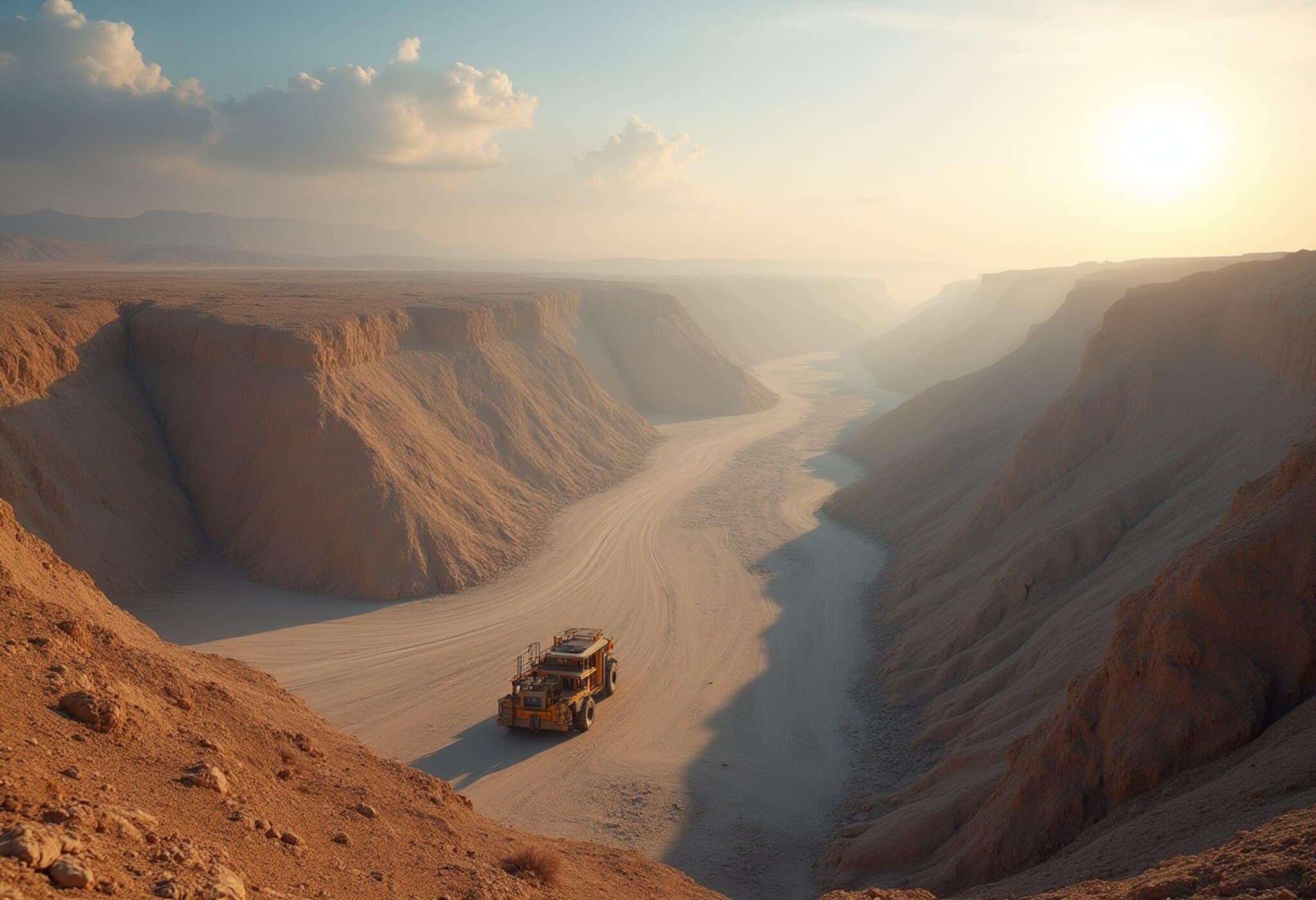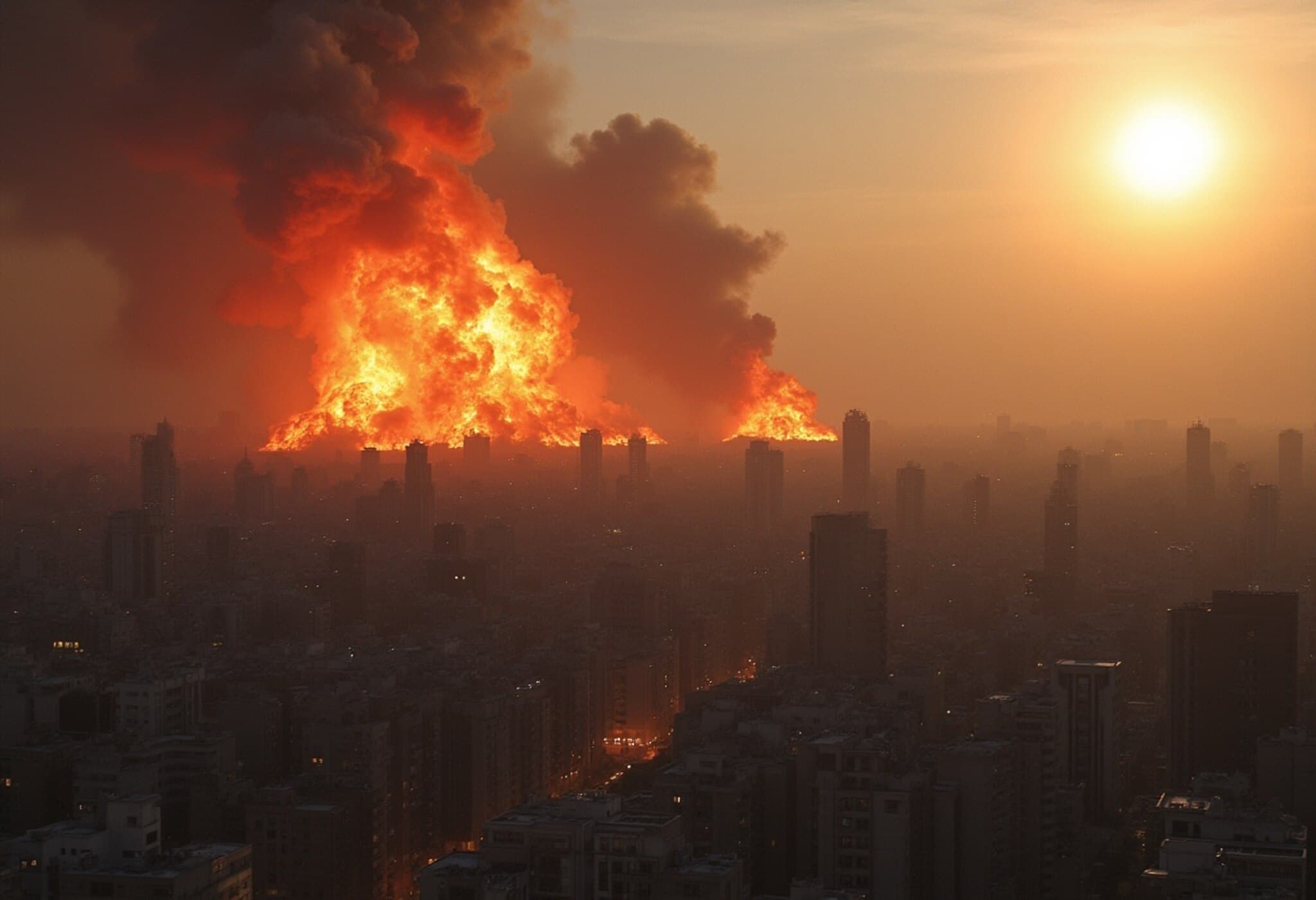Iran’s Economic Struggles Amid Heightened Conflict with Israel
The recent escalation in tensions between Iran and Israel has raised urgent questions about Tehran’s ability to endure a prolonged war. With inflation soaring at 32% and foreign reserves plummeting to just $33 billion, Iran faces daunting economic challenges against Israel’s commanding war chest of $223 billion.
Turning Point: Behind Israel’s Strikes on Tehran
At dawn on a recent Friday, Israel launched a significant air assault on Tehran, directly targeting Iranian military figures and nuclear facilities. This offensive resulted in the deaths of Iran’s Army chief Mohammad Bagheri and IRGC commander Hossein Salami, along with key nuclear scientists. Iran retaliated with a swarm of over a hundred low-cost drones aimed at Israeli sites but reportedly inflicted limited damage.
Why Now?
Israeli officials cited intelligence reports indicating Iran had nearly crossed the "point of no return" in its nuclear enrichment efforts. According to statements, the Iranian regime is advancing rapidly towards producing military-grade enriched uranium, with fortified underground facilities making containment difficult.
“The regime is close to obtaining a nuclear weapon within a short period,” according to Israeli defense authorities.
Economic Realities Crippling Iran’s War Capacity
Iran’s economy is far from robust. Real GDP growth is forecast at a mere 0.3% in 2025, down from 3% projections earlier. Inflation at 32% devastates purchasing power, leaving nearly 27% of Iranians living below $2 a day. The national currency, the rial, has collapsed to over 1 million per US dollar, reducing the minimum wage to roughly $120 per month.
Impact of Sanctions and Oil Revenue Decline
- US sanctions have slashed Iran’s oil exports, expected to drop by 300,000 barrels per day in 2025.
- Despite efforts to allocate 24% of oil exports (420,000 barrels daily) for military spending, valued at $12.7 billion, revenue remains tight.
- Projected further export declines could deepen fiscal difficulties.
Limited Reserves and Growing Debt
Iran’s foreign reserves fell sharply from $128.4 billion in 2015 to just $33.8 billion this January. In stark contrast, Israel’s reserves reached a record $223.6 billion by May 2025 — a sixfold advantage that bolsters its war sustainability.
Military Spending Divergence: Tehran vs. Tel Aviv
Iran’s military budget tripled to $12.7 billion in 2025, signaling prioritization of military strength despite a growing budget deficit and industrial setbacks. Energy shortages have idled half of some production sectors, compounding economic fragility.
Meanwhile, Israel’s diversified economy grew impressively at 3.4% in Q1 2025, supported by booming tech exports and strong international alliances. Its defence budget is set to climb to $45 billion, underpinned by US security guarantees and access to global financial markets — advantages Iran lacks.
Strategic Implications
- Resource Imbalance: Israel’s reserves overshadow Iran’s by more than six times, enabling sustained conflict readiness.
- Domestic Vulnerability: Iran’s economy, already strained by sanctions and inflation, risks internal unrest if military spending deepens economic hardships.
- External Alliances: Iran’s dependence on China and Russia faces challenges due to US pressure, while Israel enjoys consistent Western support despite political disagreements.
These economic imbalances suggest that without a significant shift—such as sanctions relief or regional diplomatic changes—a prolonged war is likely unsustainable for Iran. Conversely, Israel’s financial resilience and strategic backing position it more favorably in this escalating conflict.


